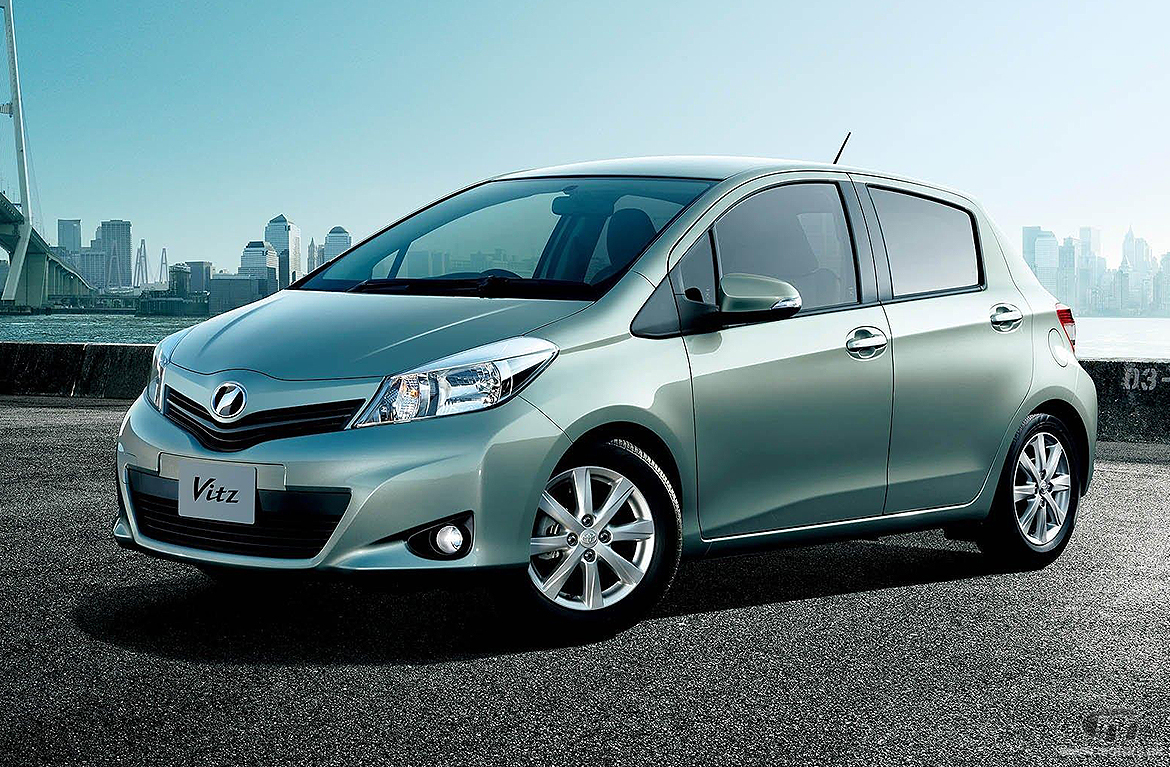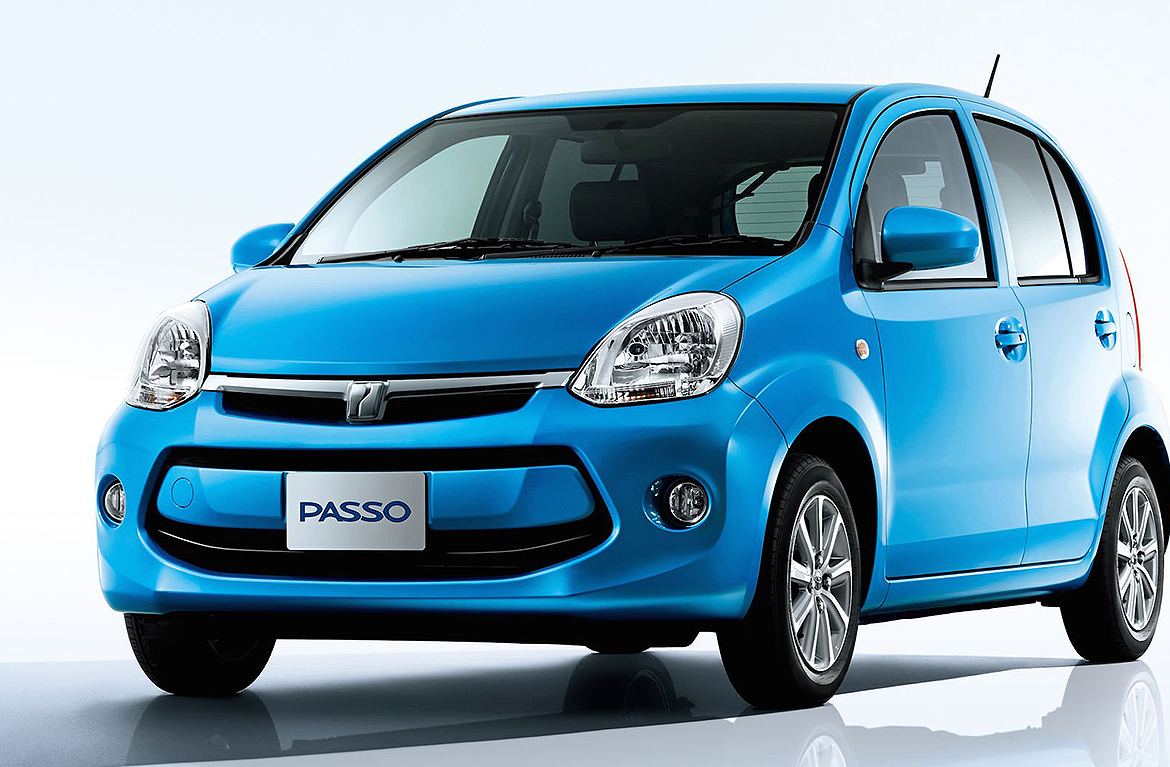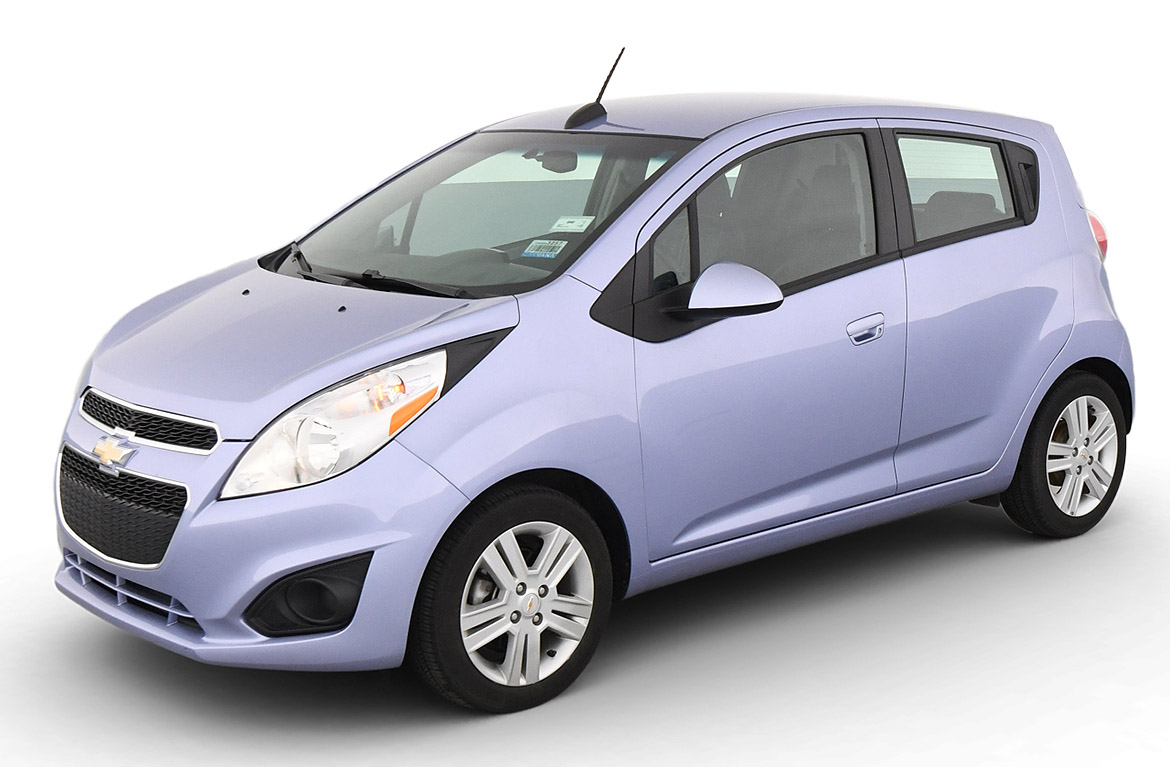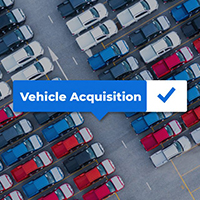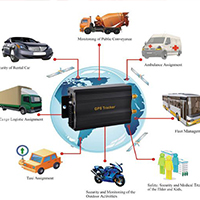What is Fleet Management?
Fleet management in the context of ride-hailing refers to the process of overseeing and managing a collection of vehicles (the fleet) that are used for ride-hailing services such as Yango, Uber, Bolt, and other similar platforms.
The fleet can consist of vehicles owned by the fleet management company, leased cars, or cars provided by investors. In this model, fleet management involves handling key operational aspects like vehicle acquisition, maintenance, driver management, insurance, and overall vehicle performance.
Recommended Vehicles
Toyota Vitz
Very reliable, especially for city driving; handles well on typical Ghanaian roads. Toyota parts are widely available, making maintenance affordable.
Honda Fit
Known for excellent reliability and longevity, especially in urban environments. Spacious for a compact car, good legroom and headroom.
Toyota Passo
Durable for city driving, and Toyota’s reputation makes it reliable. Good resale value, although slightly lower than the Toyota Vitz and Yaris.
Kia Picanto
Reliable for short urban trips, but less durable than Toyota or Honda for long-term use. Compact, best suited for shorter city trips.
Chevrolet Spark
Moderate durability for city driving, but less reliable over time compared to Japanese brands. Equipped with basic safety features like airbags and ABS.

